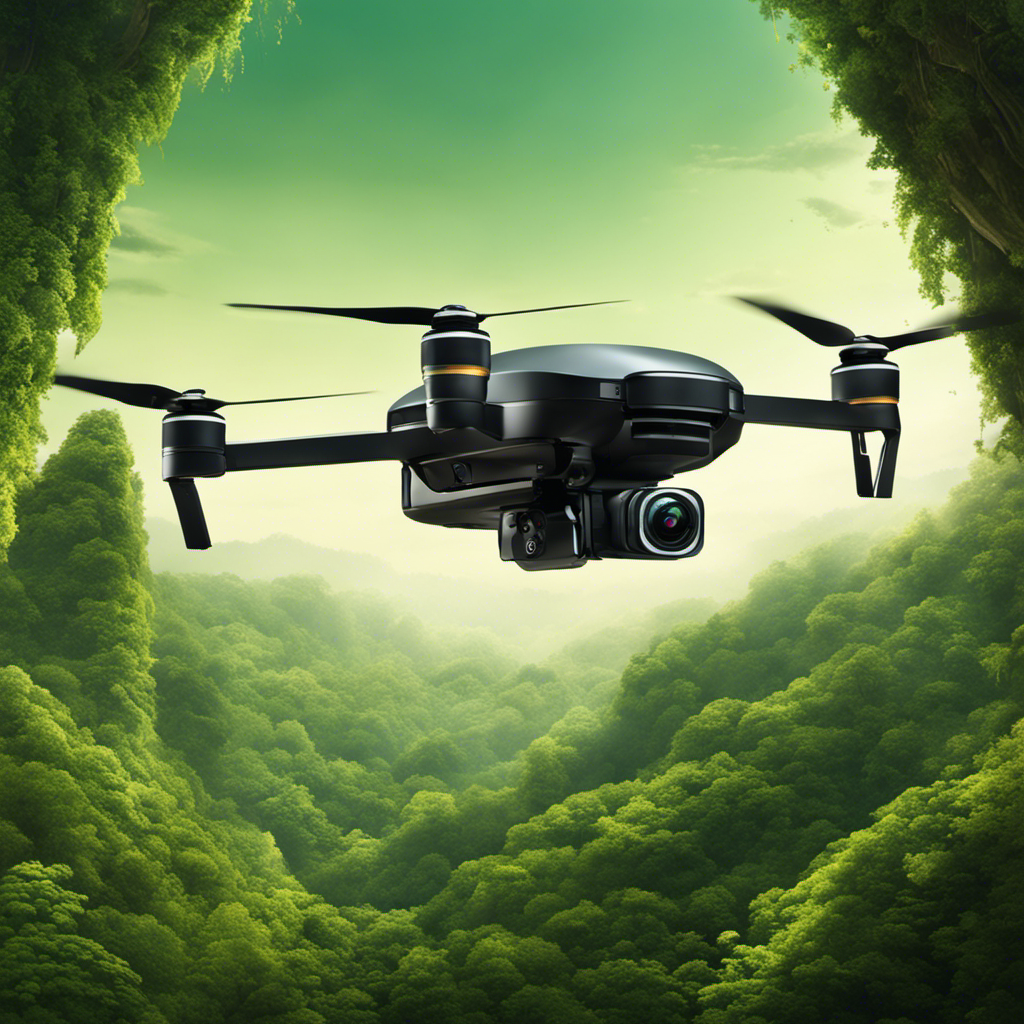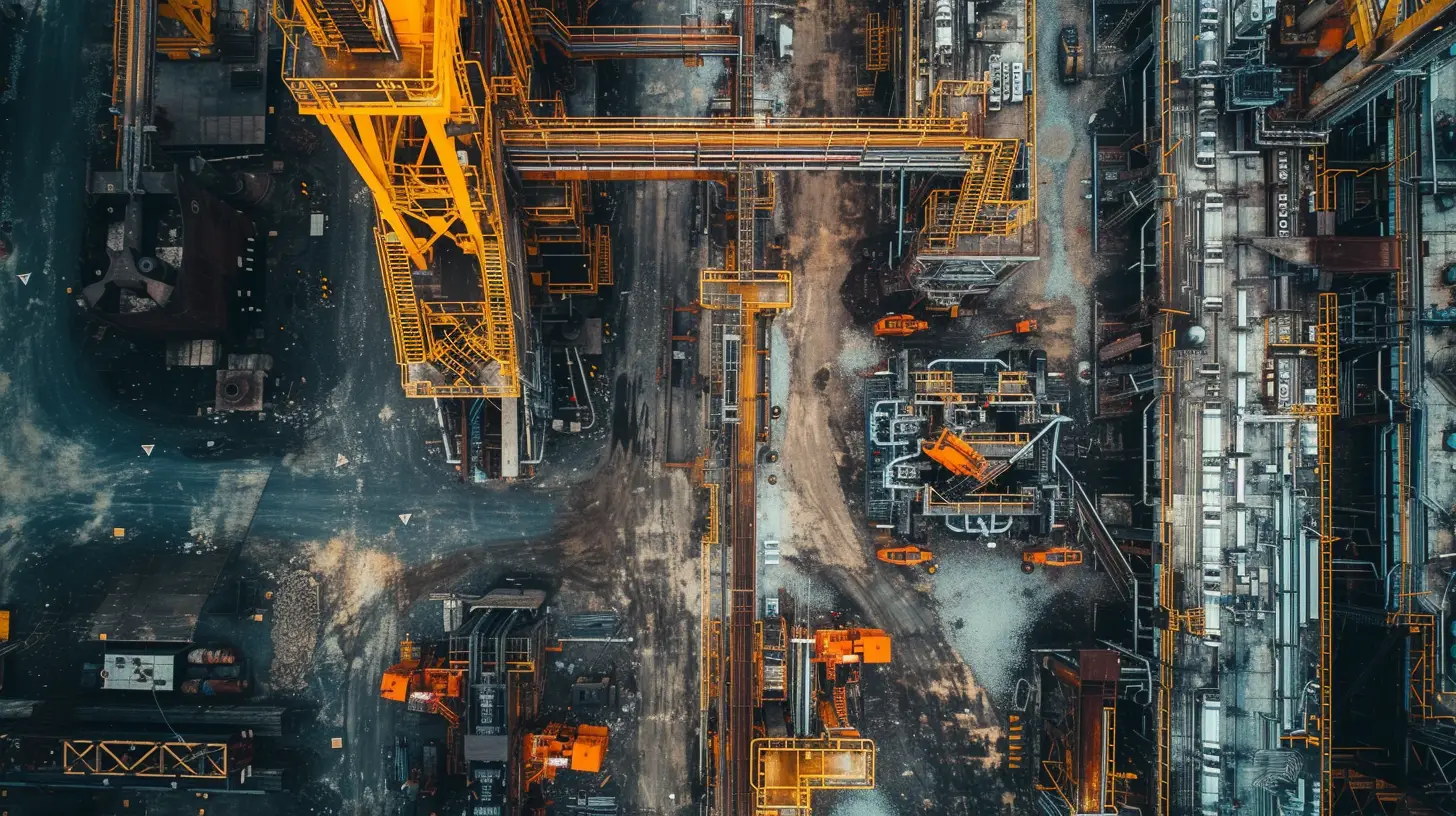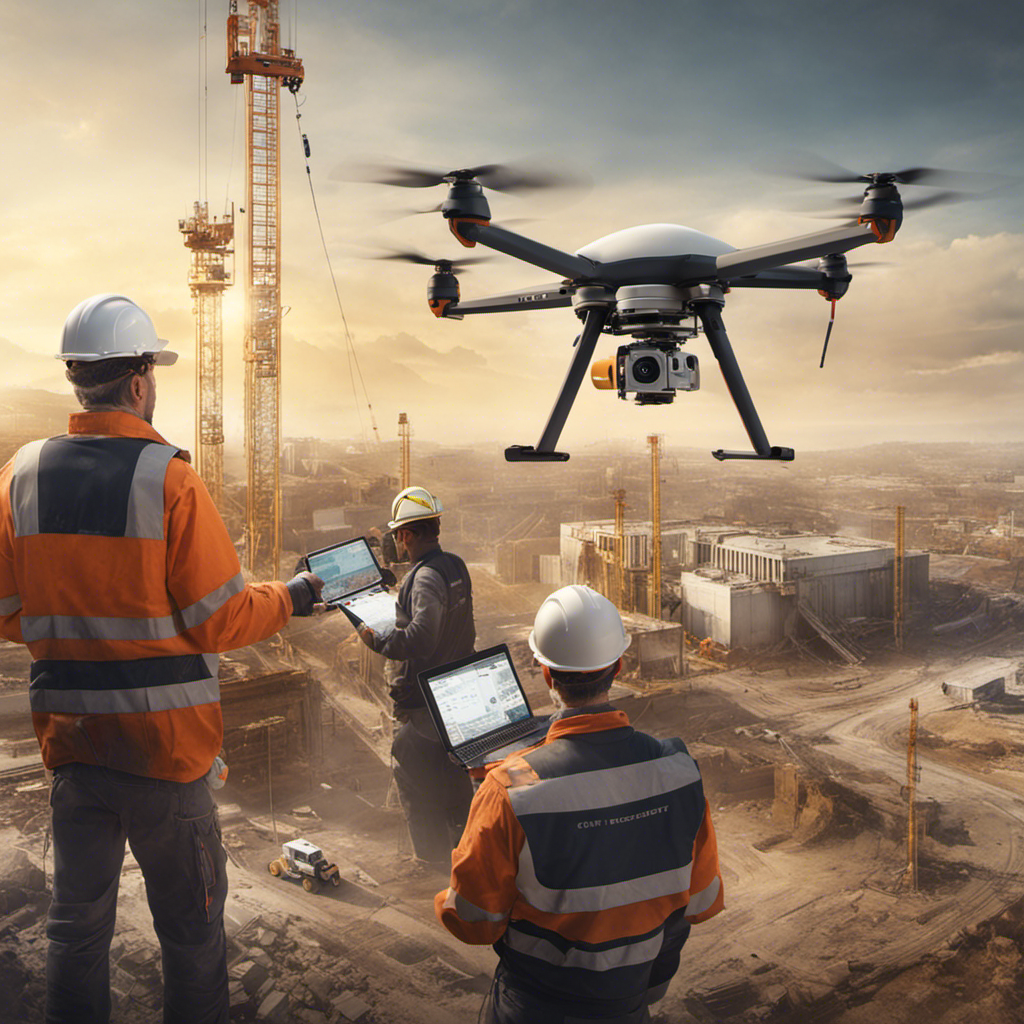Are you ready to soar to new heights in environmental conservation? With drones leading the way, a greener future is within your reach.
These high-flying marvels offer a fresh perspective on protecting our planet, empowering you to make a difference. Imagine the power of a bird’s eye view, allowing you to monitor wildlife and track land degradation like never before.
By harnessing the technology of drones, you can collect vital environmental data, making informed decisions to safeguard our precious resources.
So, embrace the freedom of these innovative machines and join the movement towards a greener world. Together, we can take flight and pave the way for a sustainable future.
Key Takeaways
- Drones equipped with sensors collect valuable data on air quality, water quality, and wildlife populations, aiding in environmental monitoring efforts.
- Drones play a crucial role in monitoring wildlife populations, detecting land degradation, and assisting in natural disaster situations.
- Real-time data provided by drones helps in monitoring ecosystem health and identifying areas that require attention, contributing to effective conservation strategies.
- Drones revolutionize the way we tackle climate change and other environmental problems, making a significant impact in creating a greener future.
Benefits of Drone Technology in Conservation
You can harness the power of drone technology to enhance environmental conservation efforts.
Drones equipped with sensors have the ability to collect valuable data on various environmental aspects, including air quality, water quality, and wildlife populations. This data is crucial for scientists and researchers in monitoring the health of ecosystems and identifying areas that require attention.
Compared to traditional methods of data collection, drones are more cost-effective and efficient, allowing for quicker response to environmental issues. The real-time data provided by drones also plays a vital role in preventing and mitigating the impact of natural disasters.
Furthermore, drones can be used to monitor crop health, assess the environmental impact of renewable energy projects, and contribute to the development of sustainable solutions.
With drone technology, we can revolutionize environmental conservation and create a greener future.
Drones for Monitoring Wildlife and Land Degradation
To monitor wildlife populations and identify areas of land degradation, drones equipped with sensors provide an efficient and comprehensive solution. These unmanned aerial vehicles (UAVs) play a crucial role in environmental conservation efforts, offering valuable insights into the health of ecosystems.
With climate change and human activities causing significant environmental impacts, it’s essential to have tools like drones to aid in the fight against climate change. Drones can track animal populations, detect poaching activities, and even assist in natural disaster situations by searching for survivors or delivering supplies. Their ability to cover large territories quickly and their aerial view make them indispensable in monitoring and protecting wildlife and wild areas.
Drone Applications in Environmental Data Collection
Drones equipped with sensors continue to play a crucial role in environmental conservation efforts by providing efficient and comprehensive environmental data collection.
These drones are capable of collecting data on various environmental parameters such as air and water quality, wildlife populations, and land degradation.
This real-time data allows scientists and researchers to monitor ecosystem health, identify areas of concern, and make informed decisions for effective conservation strategies.
Drones can also be used for climate change studies, as they can capture high-resolution images and aerial imagery to assess vegetation index and crop health.
Furthermore, drones are valuable tools in monitoring green energy sources such as wind farms, ensuring their optimal operation and minimizing any negative impact on the environment.
With their ability to collect data quickly and cost-effectively, drones are revolutionizing environmental data collection and contributing to a greener and more sustainable future.
Tips for Choosing the Right Drone Solution
When selecting the appropriate drone solution for environmental conservation, it’s important to consider various factors to ensure optimal performance and effectiveness.
Drones have become an invaluable tool in addressing environmental challenges such as climate change, reducing carbon emissions, protecting endangered species, and promoting reforestation efforts.
To choose the right drone solution, consider the specific needs of your project. For instance, if you’re monitoring air quality or conducting aerial photography, a drone equipped with sensors and a high-resolution camera would be ideal.
Additionally, consider the size of the area you need to cover. Larger areas may require drones with longer flight times and larger payloads.
Finally, prioritize environmentally friendly options by opting for drones powered by renewable energy sources, such as solar farms.
Drones for Solving Environmental Problems
Looking to address environmental problems more effectively? Curious how drones can be the solution?
Drones are revolutionizing the way we tackle climate change and other environmental problems. These unmanned aerial vehicles are equipped with sensors that can collect data on air quality, water quality, and wildlife populations, providing valuable information for environmental monitoring efforts. By using drones, we can increase the efficiency and speed of data collection, allowing for quicker responses to environmental issues.
Drones are also helping in marine conservation efforts by monitoring marine ecosystems, assessing their health, and identifying threats. Additionally, drones equipped with thermal imaging cameras can detect and monitor forest fires, aiding in early detection and rapid response for improved forest fire management.
Furthermore, drones can be used to analyze terrain data and facilitate faster and more efficient reforestation efforts, aiding in combating deforestation and restoring ecosystems. The applications of using drones to solve environmental problems are vast, and these technological advancements are making a significant impact in our efforts to create a greener future.
Frequently Asked Questions
How Can I Make My Drone More Eco Friendly?
To make your drone more eco-friendly, you can make eco friendly modifications like using sustainable materials, incorporating a renewable energy source, reducing carbon footprint, optimizing battery usage, controlling noise pollution, designing wildlife friendly, using biodegradable components, recycling drone parts, and embracing green drone technology.
How Can We Use Drone Technology to Conserve the Environment?
You can use drone technology to conserve the environment in various ways. Drones can track and combat illegal logging, assess wildlife populations, optimize resource usage in agriculture, monitor coastal erosion and pollution, detect forest fires, and aid in wildlife conservation. They can also assess air quality, protect marine life, restore ecosystems, and improve waste management.
What Are the Benefits of Drones in Conservation?
Drones offer numerous benefits in conservation. They can monitor wildlife, map forests, assess water quality, detect illegal poaching, aid in precision agriculture, monitor coastal erosion, assess air pollution, aid in ecological restoration, assist in disaster response, and facilitate environmental education.
Do Drones Have a Positive Impact on the Environment?
Yes, drones have a positive impact on the environment. They aid in environmental monitoring, wildlife conservation, pollution detection, precision agriculture, forest management, ecosystem restoration, marine conservation, air quality assessment, disaster response, and sustainable development.




